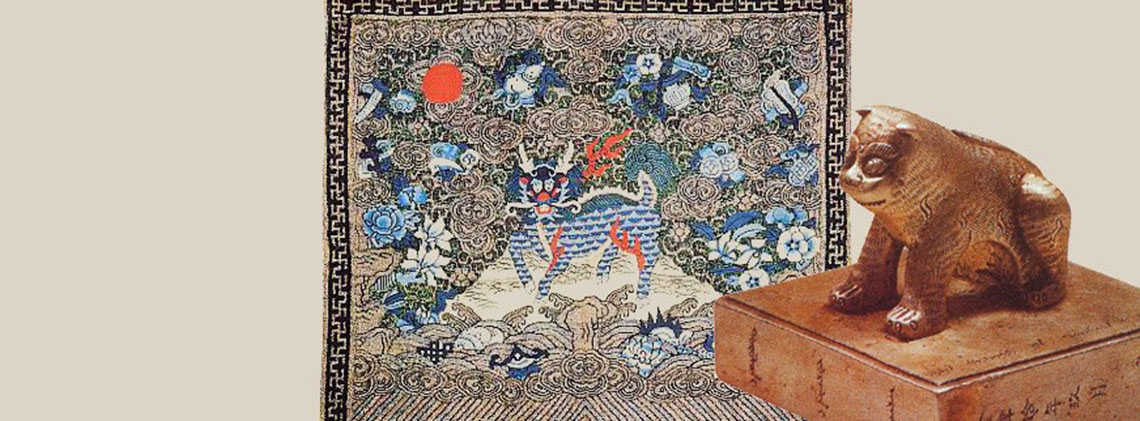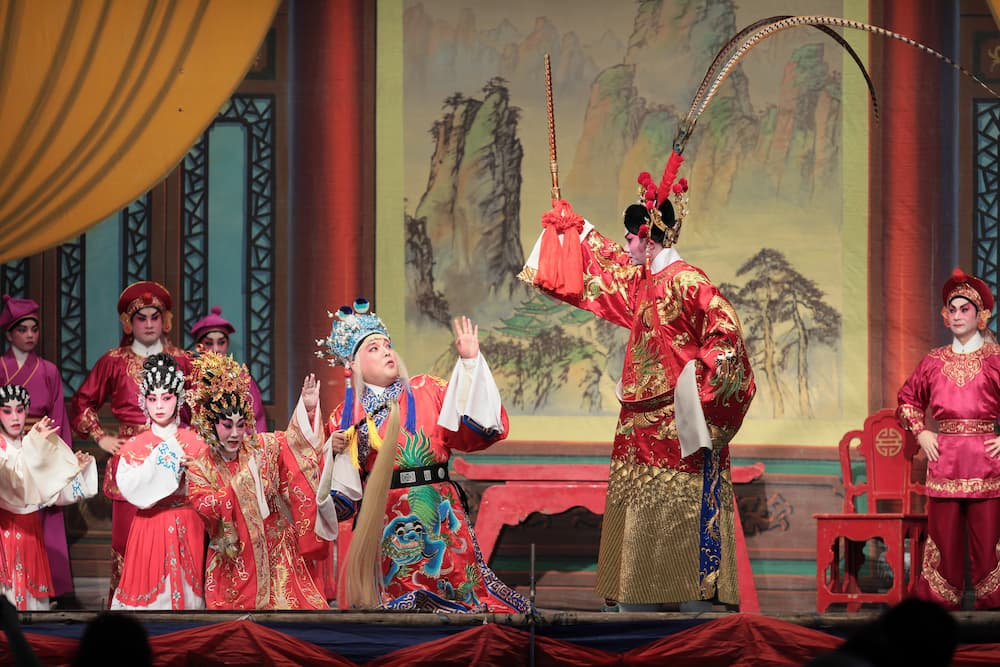
History of the Civil Service
Splendid
Chi Culture
Topic
History of the Civil Service
The civil service was a major component of the traditional Chinese cultural heritage throughout various dynasties. Government officials managed affairs of the state. Appointment either through heredity or social status came to an end in the Warring States (475–221 BCE) period. During that era and the following Qin (221–206 BCE) dynasty, officials were chosen for their capability. In the Han (206 BCE–220 CE) dynasty, appointments were made through observation, recommendation, and summons. Starting in the Sui (581–618) and Tang (618–907) dynasties, imperial examinations were instituted, making the selection more open and fair. However, negative elements appeared including corruption, graft, and bureaucratic red-tape. At the same time, officials, aware of selection process, became blindly loyal to those who had the power to make selections: their superiors and the emperor.
In ancient Chinese society when there were no government officials, government organizations consisted of clans and tribes and their association with one another. There were some functionaries handling public affairs although they could not be called officials in the proper sense. Officials came into being in the Xia (ca. 2100 BCE–ca. 1600 BCE) dynasty. Between this time and the Warring States period was a time of germination for the civil service. During this time, “clan rules” were based on a ruler granting land or title to his own clan and to those people who had rendered service to the clan. These recipients then enfeoffed others in subordinate positions who, in turn did the same. After a hierarchy of fiefdoms had been created, noble states were formed. Only members of the aristocracy were eligible to become officials at any level in the government; their ranking depended on how close their blood lines were to the lord. The trend in the Warring States had been to give increasing power to the kings. This eventually created a system where aristocratic members could become officials across generations through inheritance.
After the Qin dynasty (221–206 BCE) united China, the matter of whether to continue following the old system based on blood relationships, or to adopt a centralized “commandery system” became a flashpoint in arguments between the legalist Li Si and the prime minister Wang Wan. Qin Shihuang (First Emperor of Qin) finally embraced Li Si’s proposal and adopted the commandery system nationwide.
Throughout the Wei (220–265), Jin (265–420) dynasties, and the Northern and Southern dynasties (420–589) were four hundred years of chaos and turbulence. Wars were waged and dynasties upended on a frequent basis. Imperial power in this period was on the wane. From the end of the Eastern Han dynasty (25–220), several powerful families arose and became powers to be reckoned with. The appointment of officials relied on the “nine rank system” which made selections based entirely on a candidate’s family background. This created an administrative system with “no high officials from poor families and no low officials from wealthy families.” Some prominent families held high positions generation after generation.
In the Song dynasty (960–1279), great efforts were made to strengthen the central government to guard against the recurrence of the separatist regimes of the Five Dynasties (907–960) that arose in the late Tang dynasty. Although, the “three-tiered” administrative system of the late Tang was still in place, local military, financial, and legal authority were all held by the central government.
In the Ming dynasty (1368–1644), the six ministries were directly controlled by the emperor. Four departments were created for different functions under each of the four of these ministries—Personnel, Rites, Military, and Public Works. The other two ministries—Revenue and Justice—each had thirteen regional offices in charge of administrative, judicial, and military matters in the provinces and two capital regions (modern Beijing and Nanjing). A chief secretary aided by deputies managed each ministry and a director assisted by deputies ran a department or an office. Local divisions were streamlined to three tiers.
The Qing dynasty (1644–1911) was founded by Manchus. In order to maintain power, the new rulers declared that all major offices in the central government would be dyads: one Han Chinese and one Manchu in the same position with the Manchu official holding more power. Offices in the central government more or less followed those of the Ming dynasty, though the role and functions of the cabinet were greatly reduced. New agencies were added to the mix such as the Imperial Household Department and the Court of Colonial Affairs.







